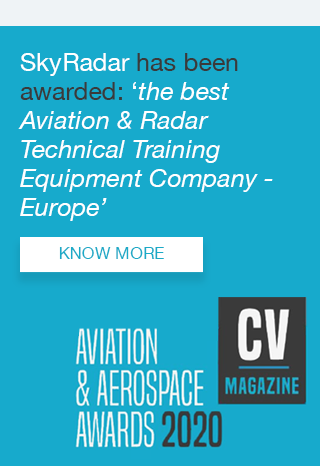Often, when we discuss with trainers their methods of training supply, I learn that radar technology is taught exclusively based on PowerPoint slides. It makes me feel uncomfortable to see that for a driver's licence, or for a hairdresser's qualification, you need hands-on training, but for the people who are in charge of the security of millions of lives, PowerPoint slides should be good enough. That does not work!
 If we look at it from a pedagogical angle, a pure instructor-led teaching approach leads at maximum to comprehension. Required skills like application or analytics know how are not even marginally touched, let alone synthesis or evaluation skills.
If we look at it from a pedagogical angle, a pure instructor-led teaching approach leads at maximum to comprehension. Required skills like application or analytics know how are not even marginally touched, let alone synthesis or evaluation skills.
When ATCOs and ATSEP are trained on Aerodrome Simulators and APP/ACC Simulators, they are trained and qualified on processes.
But in procedural training, they do not get the hands-on experience which will help them to get insight into the characteristics of radar and which will allow to apply he technology correctly, and to act accordingly, when the system is depreciated, jammed or discalibrated.
Don't get me wrong, PowerPoint is a wonderful tool to document and visualize theory. We share PPTs in our seminars. They cover a relevant role within a blended learning approach. But they cannot replace the active, practical learning experience on A-Scope, B-Scope and PPI, with C-FAR, STC and FFT, Doppler effects, MTI or even with Tracks and Plots.
The good news is, an ATCO or ATSEP that has been trained on a radar training system will be much for efficient during his or her time on the Aerodrome and Radar Simulator as the underlying principles are clear. And they will be well prepared for the daily challenges in their job in air traffic control.




